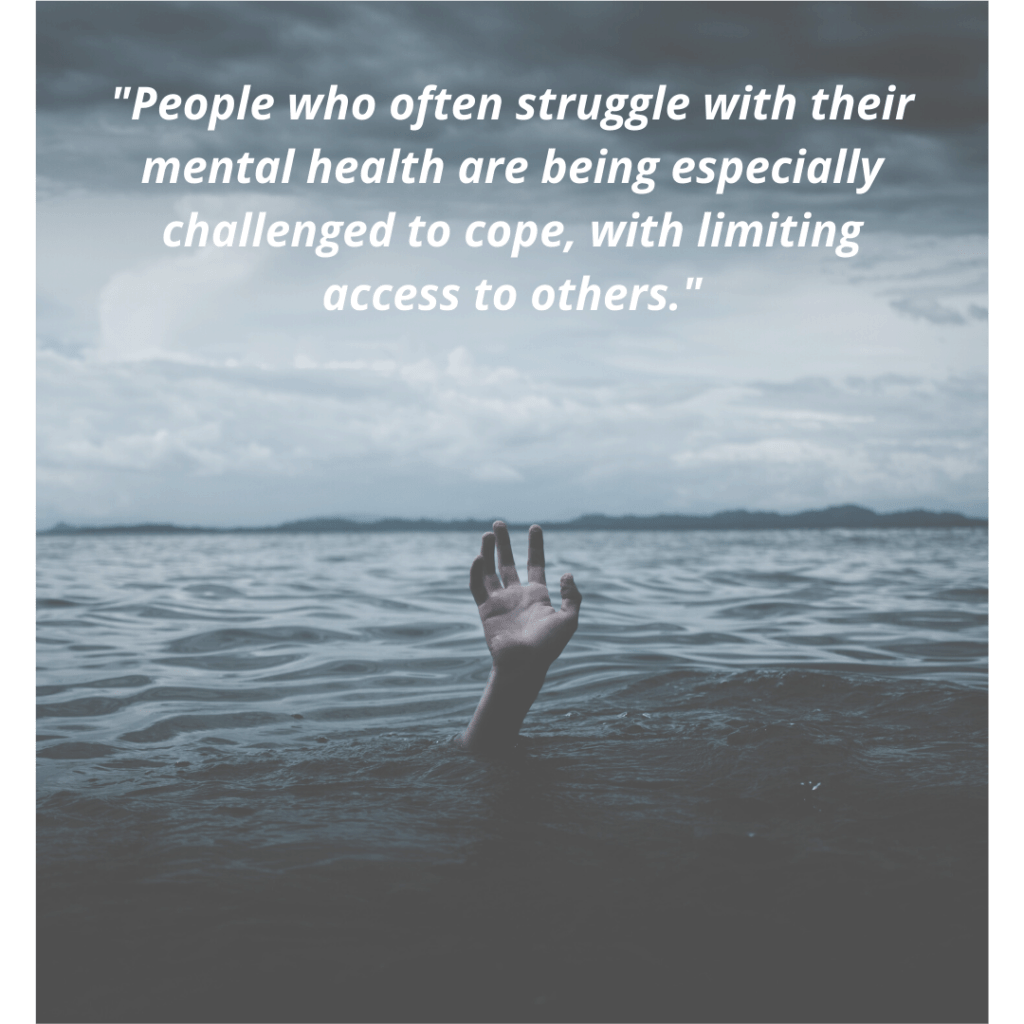Everywhere we turn these days, we are bombarded by reports of Covid-19, or more popularly, Coronavirus. It’s hard to skip a minute of the day without hearing, thinking, or talking about it. News broadcasts are updating us 24/7, social media pages are promoting ways to stay home and be safe, every company you’ve ever shopped at is emailing you about their policy changes, and even basic web searches on Google give you a warning at the top highlighting what to do about Covid-19. And rightfully so; we are going through a pandemic incomparable to anything in modern history. With Coronavirus taking over our lives, we’ve been given new rules to live by. The biggest rule everyone is reminding us to follow: Social Distancing.
Social Distancing is a term that automatically conjures this image of limiting close contact with other people. According to Dr. Lisa Maragakis of The John Hopkins Health System, “social distancing is deliberately increasing physical space between people to avoid spreading illness.” Current recommendations are to stay at least six feet away from others to decrease chances of contracting Coronavirus, and to limit gatherings of people.
Given how rapidly this illness is growing, it stands to follow these recommendations as best as possible; hence why so many people are quarantining themselves these days- sick or not. So, what’s the issue?
Social distancing is a misnomer. Social distancing gives the impression of existing in an isolation bubble. However, this isn’t really what everyone is telling us to do. The real ask is that we create physical ample space between ourselves and others. To label the recommendation as ‘social distancing,’ creates the notion we should be abstaining from human connection, and this just isn’t true. Instead of calling it social distancing, a more accurate name would be physical distancing.

Photo by Priscilla Du Preez on Unsplash
Humans are innately social creatures. We thrive on interacting with individuals around us. As we are now taking notice, our lives become much more strained and difficult when we are forced to limit our contact with others. We are being forced to slow down and recognize how interconnected we are to each other. It is uniquely challenging us to reach out across the aisle and help a close loved one or complete stranger.

People who often struggle with their mental health are being especially challenged to cope, with limiting access to others. Even those who do not typically fight an uphill battle with mental health are seeing the effects. Now more than ever, is when we as humans have to opportunity to show up for each other.
In times of stress, we must rely on our relationships with ourselves and others to help us stay grounded. Stay connected with your family and friends. Many people are taking the opportunities that technology affords us to connect. Virtual happy hours, game nights over FaceTime, letters to family and friends are just a few ways to stay connected.

This wearisome time is also giving us the gift of time. Time to remember how to bond without proximity. Time to create art or notice nature. The opportunity to connect within and with others in unique ways… explore your options. Let this act as a reminder to slow down and highlight what is essential .
REMEMBER, we aren’t being called to socially distance ourselves, but rather physically distance ourselves.
References: http://www.cidrap.umn.edu/sites/default/files/public/php/185/185_factsheet_social_distancing.pdf
